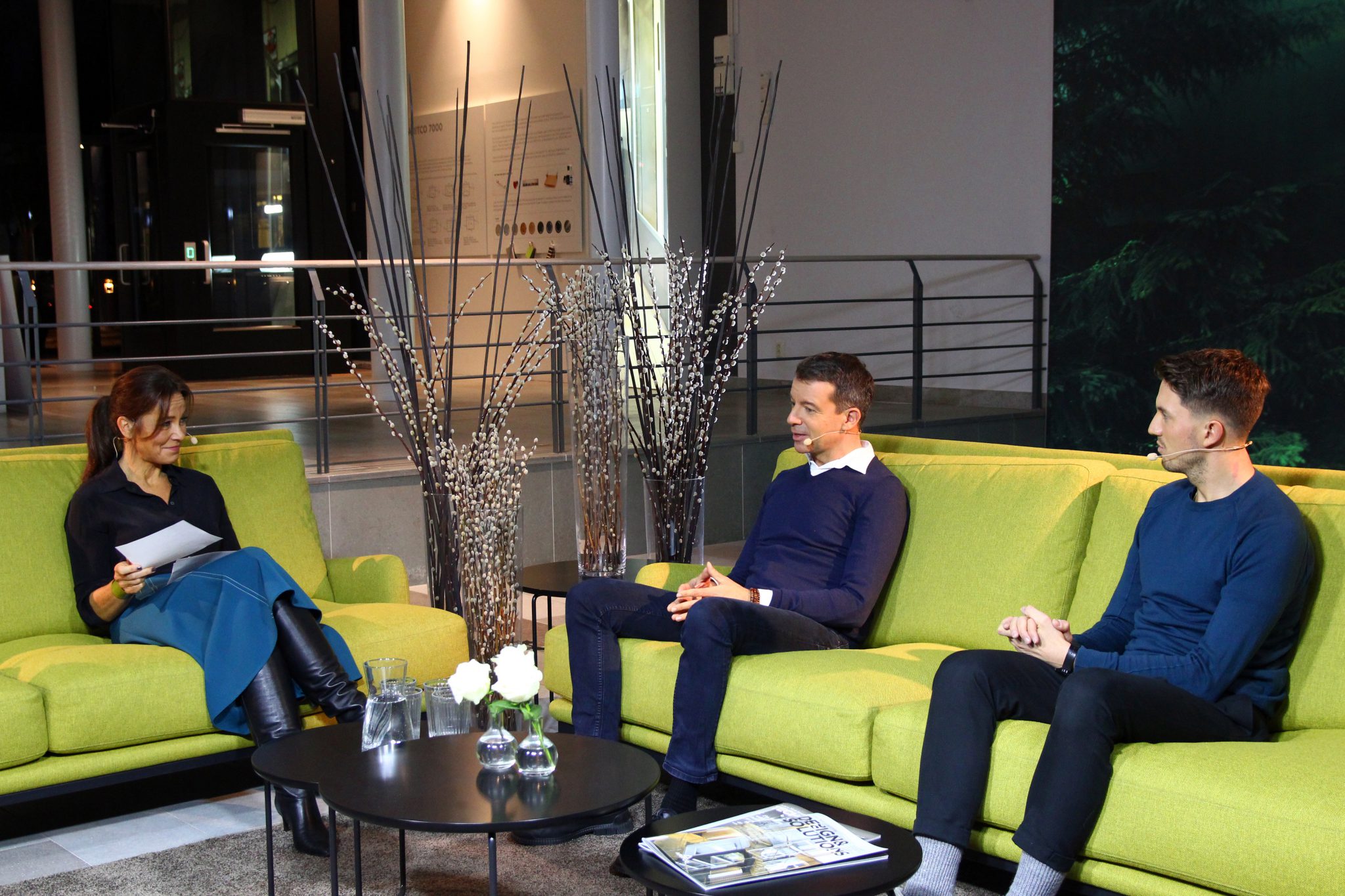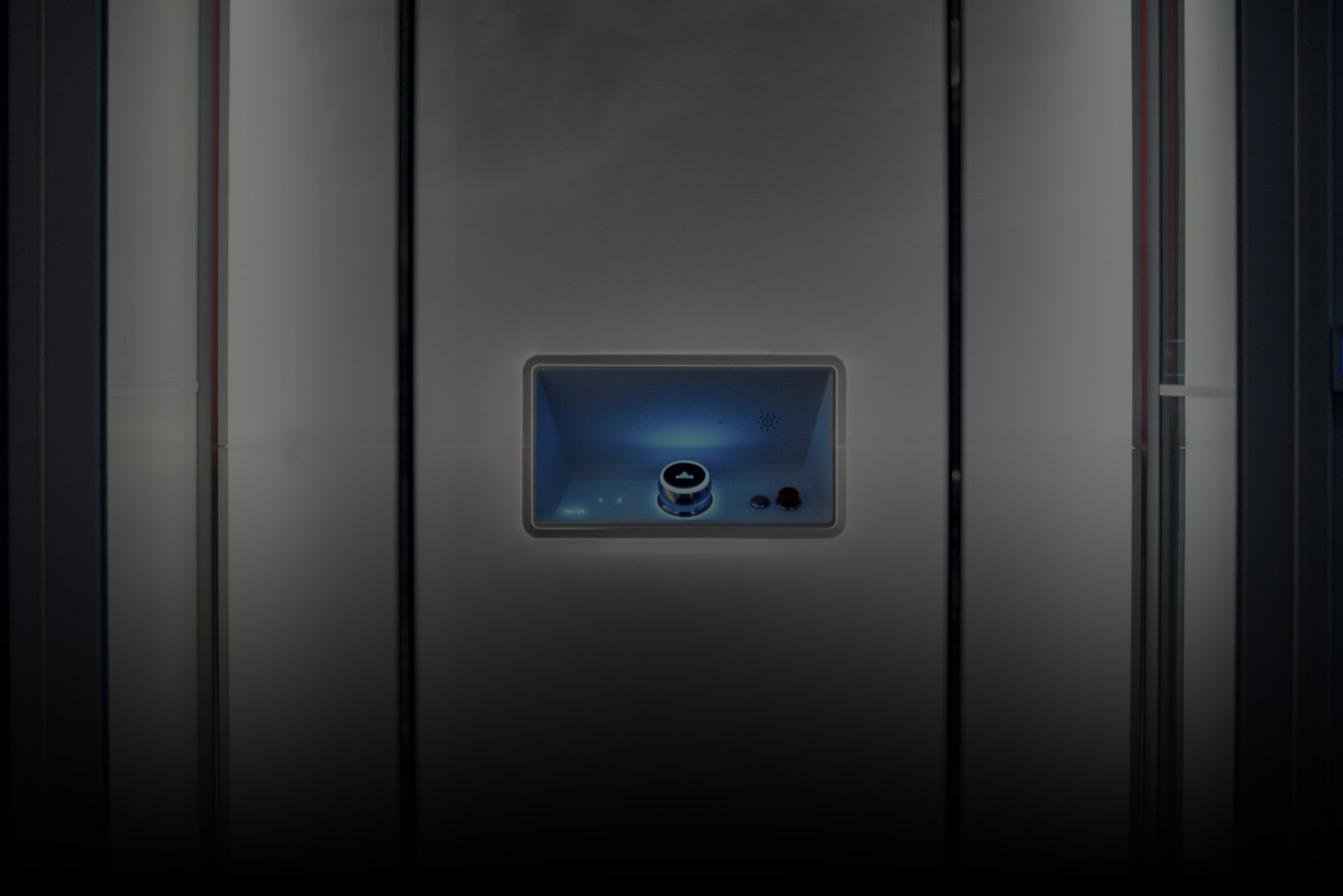In a series of interviews on the theme of architecture, we are meeting with renowned architects and designers. First out is the reputable Jan Knikker from the Netherlands. Jan, who is partner in the Rotterdam-based architecture firm MVRDV, notes that the world is filled with bad architecture. The answer is to create human-centered buildings that help people get to know each other and that are good for the planet.
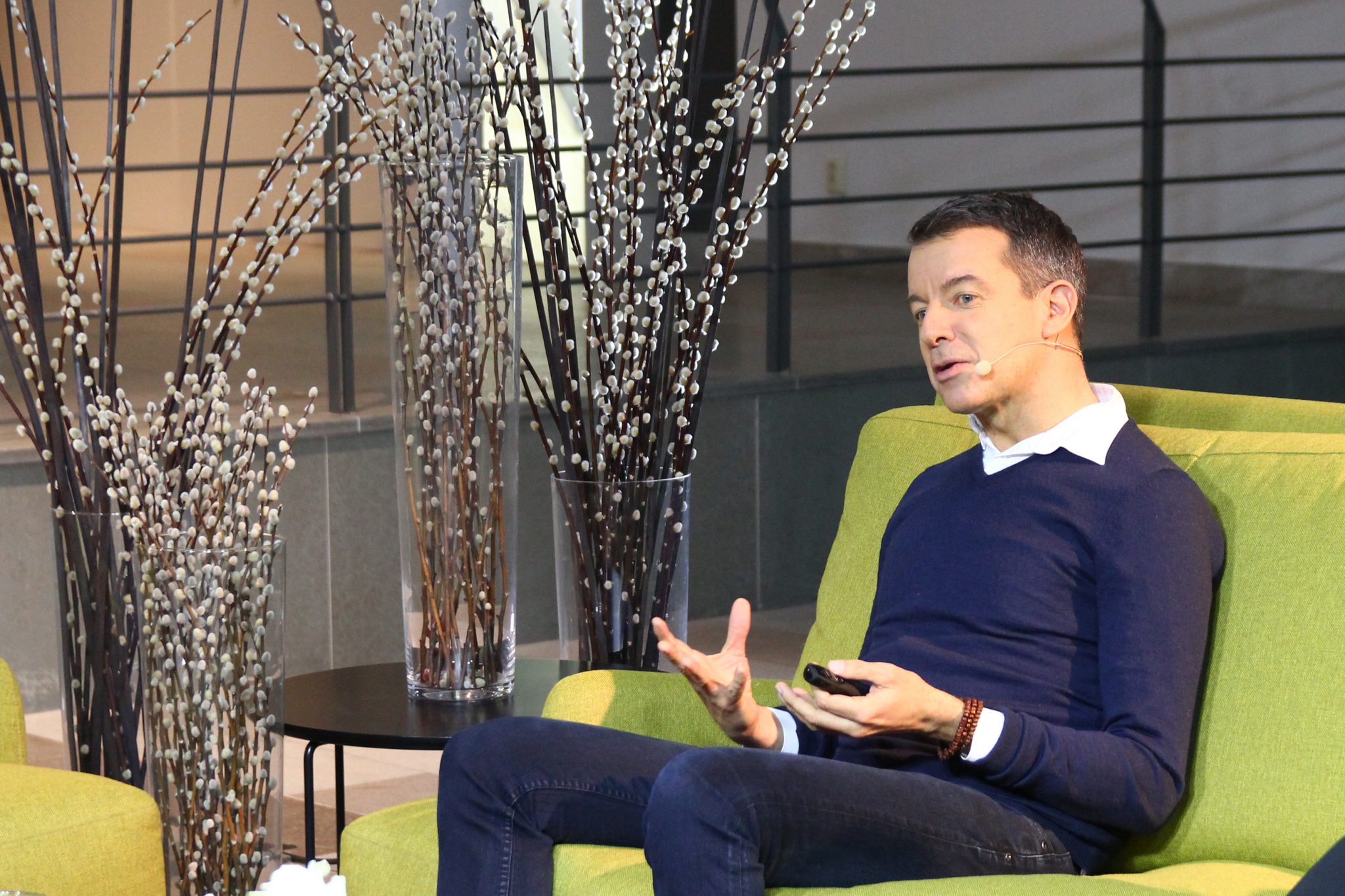
Jan Knikker is building for people and the planet
Radical approach to architecture connects people with each other while aiming for sustainability
Aritco meets architect Jan Knikker
MVRDV's slogan is, “We create happy and adventurous places.” Please describe.
“The world is full of bad architecture. Architecture these days should fulfil many parameters. Some of them are as obvious as solving a given problem and making a city more beautiful. But at MVRDV, we also think that there should be a social element for the people who actually use a building. And of course, buildings should also be built in a sustainable way that’s good for the planet.”
What do MVRDV’s buildings have in common?
“Generally speaking, our architecture is very immediate and understandable. You see it, and you get it. We have a strong concept and we also stand out. Our goal is for people to react to our buildings.”
Jan says that radical solutions start with a need to solve the client’s problem. That often demands outside-the-box thinking, as MVRDV has proven several times. Like when it put a forest on top of a Rotterdam cultural building that houses 151,000 artworks.
“It’s easy to say something’s not possible” Jan remarks. “When actually, many things are.”
At a recent Aritco Talk, Jan mentioned the influence of his children and Greta Thunberg, who continuously reminds him that his industry is responsible for 30 percent of global emissions.
Is Greta Thunberg the inspiration for your focus on sustainability?
“Everyone at MVRDV has grown up with the idea of being more sustainable. But Greta Thunberg did an amazing job of putting this higher on the agenda. When Al Gore started to warn us that things were going the wrong way, we listened and felt a bit uneasy. But when our own kids, together with Greta Thunberg, told us, “The house is on fire,” it had even more effect.”
Jan says that the company has become more sustainable in ways beside the building process. With offices and projects in different parts of the world, they traveled a lot before the pandemic and decided to compensate by planting trees in Spain.
“This new focus made us take extra steps and act more sustainably even in our day-to-day operations,” Jan says. “One of several small steps was to only serve vegetarian lunches at the office. The largest step and ambition is to make the entire portfolio CO2 neutral”.
PIC: Art Depot a cultural building in Rotterdam by MVRDV
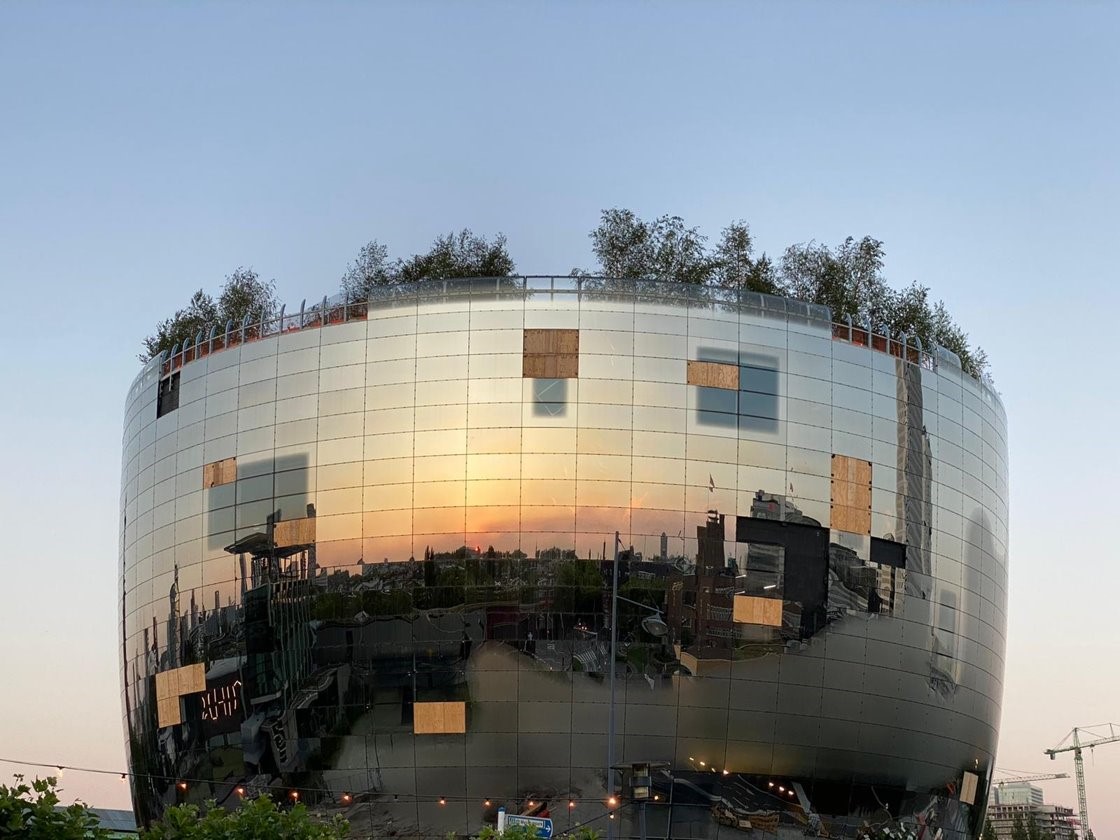
MVRDV tends to build taller, high-density buildings, why?
“When cities get spread out, there’s more traffic. It’s better for the planet when cities are more compact.. But urban density is also more stressful for people. That’s why we need human-centered architecture. We want to bring the suburban freedom and greenery into the inner city. That’s why we always include extra spaces and outdoor areas with lots of plants and greenery. Also social architecture is important. You get to know the neighbors around you, and you meet the neighbors from the other towers. It’s like living in a vertical village in the middle of a big city.”
Can you give examples of MVRDV buildings?
“When talking about sustainability, one of our most important projects is the library in Spijkenisse near Rotterdam, called Book Mountain. This town has the lowest readership in the Netherlands so the city wanted to build a library. And we thought that, then we need to have a mountain of books so that the people who walk by see books, they get curious and walk into the building. The library is built like a pyramid with a glass front so that the books are visible from the outside – as an advertisement for reading.
Sustainability was the second aspect. Normally glass isn’t good for sustainable balance. But in this case we used the bad characteristics that glass gets very hot in the summer and cold in the winter. We harvest the cool of the winter to cool the building in the summer. And in the summer we harvest the heat and put it in a tank so that we can use the heat in the winter. The library is actually one of the best performing public buildings in terms of sustainability.
The cultural building Art Depo in Rotterdam is another exemple. It´s build in a park and we didn’t want to destroy the park to much, and also to be polite to the neighbours. So we made a round building with no front and no back. We also made the building smaller on the ground floor as it gets wider on the top. On the facade we have mirrors that reflects so that the park even looks bigger. The threes that needed to be removed for the place of the building, we put instead on the roof. Potentially we actually have more greenery than before.”
PIC: Spijkenisse’s library in Rotterdam by MVRDV. See picture above for the building Art Depo.
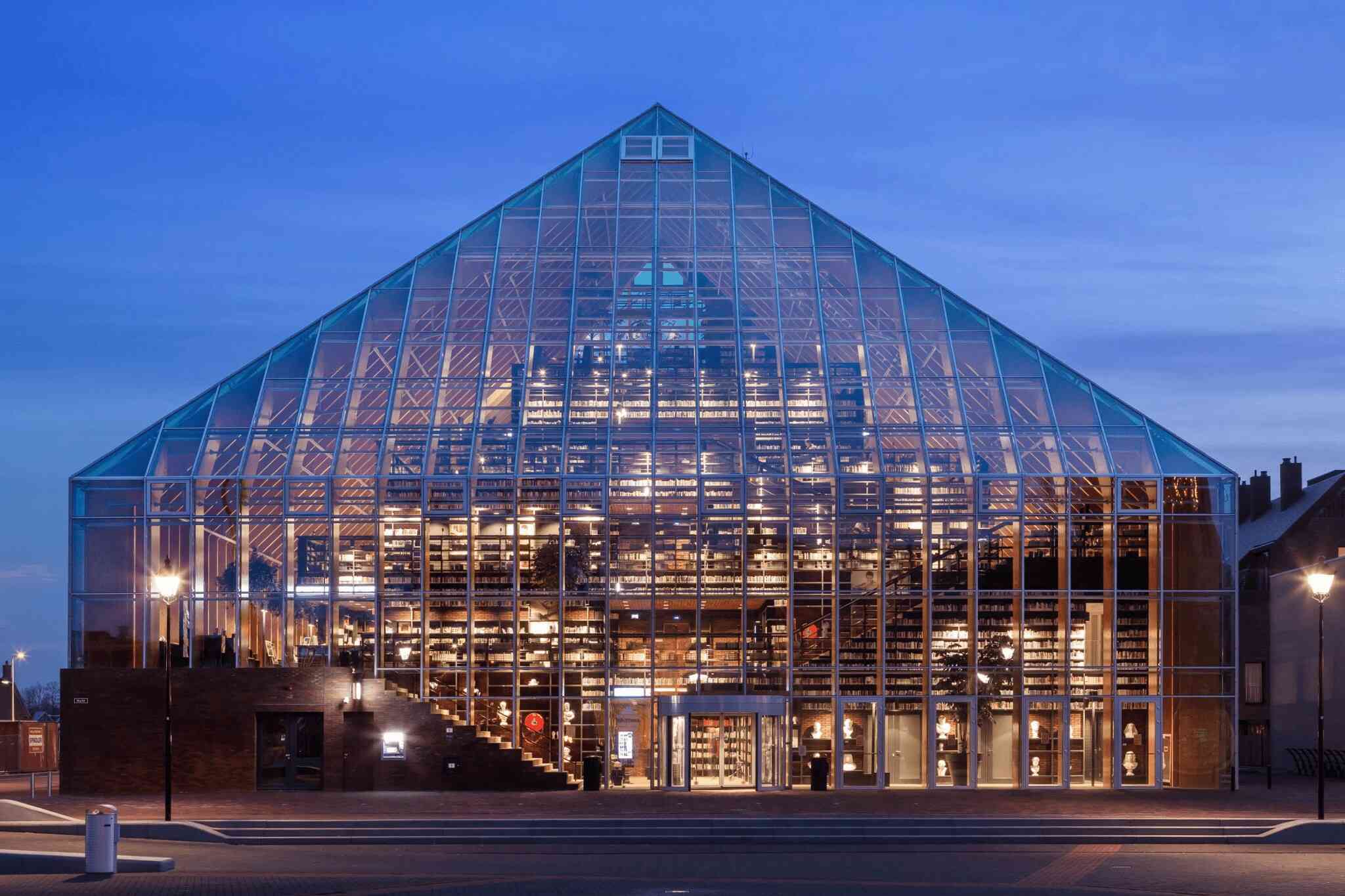
MVDRV architecture in Sweden
For our Swedish readers – Aritcos home country – you will in a couple of years, see the transformation of Magasin 113, a warehous in Gothenburg from the 1950´s (<- link address in Swedish).
Jan describes:
“First we thought if we needed to demolish the warehouse. Because the request was for a much larger building. But the building and the feeling in it was so fantastic that we instead decided to copy the structure with wood and glass and put it on top of the existing. As this material is lighter the old building with it´s concrete structure can carry the hundred percent extra size”.
But you´ll have to wait for this many years to come.
“Architecture is super slow. Architects have to be very patient“, ends Jan Knikker.
